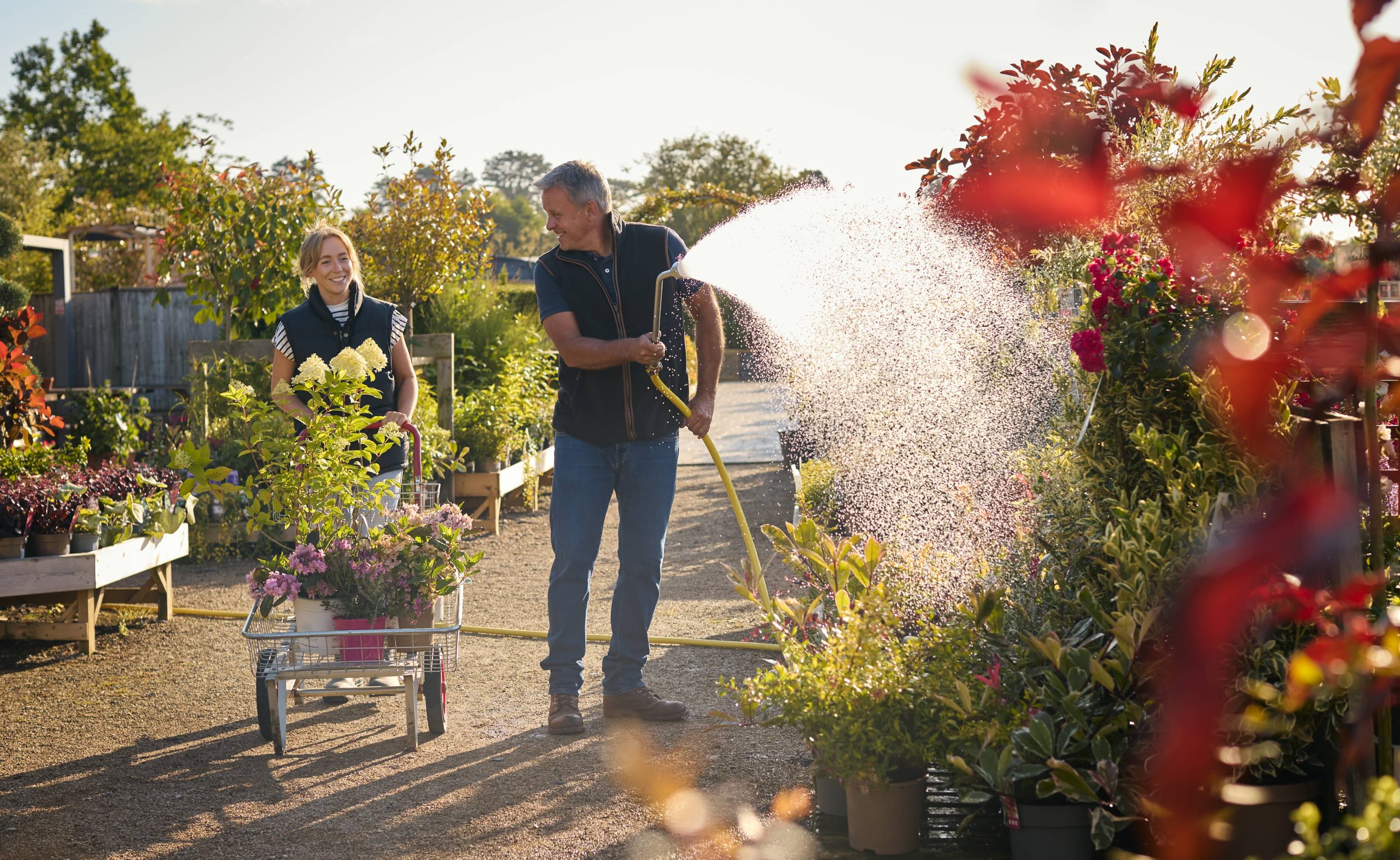
With the resurgence of local and sustainable eating, home gardening is experiencing a renaissance, and there’s no better way to begin than by planting a herb garden. For lovers of fresh flavors and enthusiasts of culinary exploration, growing your own herbs is a delightful and rewarding endeavor. Not only do herbs offer a burst of fresh flavor to enhance your dishes, but they are also relatively easy to grow and maintain. Whether you’re limited to a few pots on your apartment’s balcony or blessed with a sprawling backyard, you can start your own herb garden that will provide you a fresh supply of herbs year-round.
Choosing Your Herbs
Before you start digging into the soil, consider what herbs you genuinely enjoy and are likely to use. The beauty of a herb garden is its customizability. Here are some popular herbs to consider:
– Basil: Ideal for Italian dishes, basil thrives in the sun and pairs well with tomatoes and cheese.
– Mint: Great for making refreshing drinks and desserts, mint spreads quickly and loves moist soil.
– Cilantro: Perfect for salsas and Southeast Asian cuisine, cilantro prefers cooler temperatures.
– Rosemary: A hardy herb that’s excellent in stews and roasts.
– Thyme: A versatile herb that complements many dishes, especially poultry and soups.
– Parsley: A staple in many dishes, it’s not only a garnish but adds freshness to salads and sauces.
Start by prioritizing herbs you frequently use in your cooking to make the most out of your garden. It’s also helpful to consider the growth habits and requirements of each herb to ensure a favorable environment.
Preparing Your Space
Herbs are remarkably adaptive and can be grown in various settings. Whether you’re utilizing containers or a garden bed, make sure the soil is well-draining. Herbs generally prefer nutrient-rich soil with a little bit of grit, often benefiting from a mix of potting soil and sand or perlite to improve drainage.
Sun and Space: Most herbs thrive on sunlight; aim for at least 6 hours of direct sunlight per day. If you’re working with limited space, vertical gardening or hanging pots can be a clever solution to maximize light exposure.
Watering and Fertilizing: While herbs do not require constant watering, consistency is key. Water when the top soil feels dry, avoiding overwatering which can lead to root rot. Using organic compost or a mild liquid fertilizer every few weeks can help keep them healthy and robust.
Planting Your Herbs
Once your soil and space are ready, it’s time to plant. Herbs can be grown from seeds or transplants, and the option you choose depends largely on your patience and skill level.
Seeds: Starting from seeds is economical and rewarding, but it requires more time and care. Be sure to follow the packet instructions regarding planting depth and spacing.
Transplants: Purchasing young plants from a nursery can give you a head start. This is a great option for beginner gardeners who want quicker results.
When planting, give each herb enough space to grow, which varies by species but generally means about 10-12 inches apart to allow light penetration and airflow.
Maintaining Your Herb Garden
Pruning and Harvesting: Regular harvesting encourages plants to produce more foliage. Pinch back new growth frequently, especially for basil, to prevent flowering which can lead to a bitter taste.
Pests and Diseases: Keep an eye out for common pests like aphids and spider mites. Encouraging natural predators like ladybugs can be an eco-friendly way to manage pests. If you spot fungus or rot, remove affected parts to prevent spread.
Winter Care: If you live in a region with harsh winters, consider growing herbs indoors during colder months, or select perennial herbs like thyme and rosemary, which can withstand some frost. Indoor herb gardens can thrive on sunny windowsills or under grow lights.
Utilizing Your Fresh Herbs
The real joy of a herb garden comes from incorporating these fresh flavors into your cooking. Here’s how you can make the most out of your bounty:
– Infused Oils and Vinegars: Create aromatic oils and vinegars by infusing them with herbs like rosemary, basil, or thyme.
– Fresh Pesto: Blend basil, garlic, olive oil, and nuts to make a delicious pesto sauce perfect for pasta or sandwiches.
– Herbal Teas: Use mint, chamomile, or lemon balm from your garden to brew soothing herbal teas.
– Herb Butters: Mix soft butter with chopped herbs and cool for a delicious spread or topper for meats.
Conclusion
Creating a herb garden brings both flavor and fragrance to your home, along with the satisfaction of growing your own food. It’s an accessible gateway into the world of gardening, ideal for both novices and seasoned horticulturists seeking a lush and practical garden. Start small, be patient, and enjoy the bountiful harvest of fresh flavors right at your fingertips. In the end, not only will you save money and trips to the grocery store, but you’ll also gain a deeper connection to the food you prepare and the earth that nurtures it. Happy gardening!













